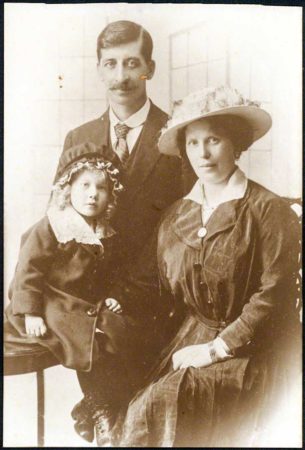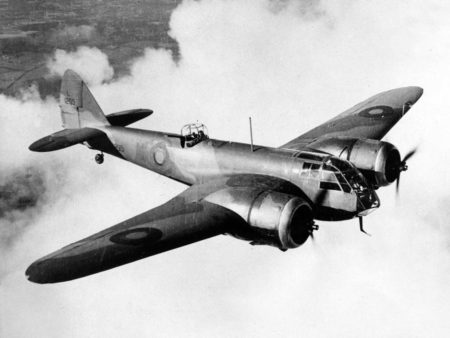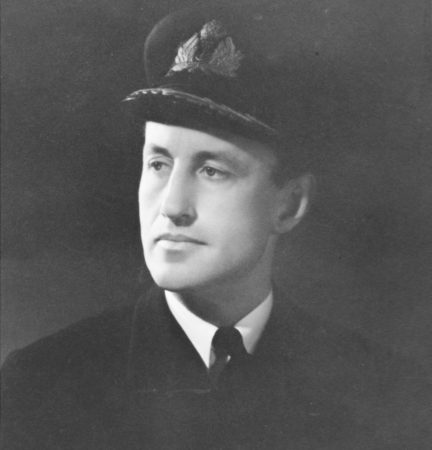How have I come up with blog topics every two weeks for more than ten years? They originate from very diverse origins, but my favorite source is you. Many of our readers communicate with us and either provide specific topics or in the course of discussions, give me the idea for a future topic. Our topic today was inspired by Pat Vinycomb. Pat let us know her father, Stan Booker (click here to read the blog, Last Train Out of Paris), recently donated his World War II RAF uniform to the “Friends of the New Forest Airfields” (more on that later).
We’ve previously written about RAF (Royal Air Force) stations used by Allied fighters and bombers (click here to read, Rendezvous with the Gestapo and here to read Biggin Hill). But it wasn’t until Pat introduced me to the new non -profit organization that I began to research the twelve New Forest airfields and learn about the English air bases and how they were used during World War II (both in England and Europe).
Join Stew Ross for a Discussion on
BONJOUR PARIS
“Walking History: In the Footsteps of Marie Antoinette”
6 December 2023
11:30 − 12:30 (EST)
Register Now:
Click here.
Did You Know?
Did you know Robert Fripp (a founding member of the King Crimson progressive rock band) is the nephew of Alfred “Alfie” Fripp, the longest surviving British POW of World War II? Alfred Fripp (1914−2013) joined the Royal Air Force (RAF) in 1930 after the navy rejected him due to his height. After various assignments, Alfie became a flight sergeant in No 57 Squadron RAF and was a reconnaissance observer over Germany on a Bristol Blenheim aircraft. His aircraft was shot down on 13 October 1939 (England had declared war on Germany six weeks earlier on 3 September 1939). Alfie and his pilot, Mike Casey, were quickly captured and Alfie was sent to the first of his twelve POW camps over the next four and a half years before his liberation in 1945.

During his imprisonment at Stalag Luft III, Alfie became involved in the “Great Escape” in March 1944. He collected maps from Red Cross parcels as well as scrounging up digging tools. He was transferred to another POW camp about two months before the big escape. Only three POWs successfully escaped while fifty men, including Mike Casey, were captured, and murdered by the Gestapo.

Alfie retired from the RAF in 1969 as a Squadron Leader. When he passed away at the age of 98, Alfie was the last of the “39ers,” or those men taken prisoner in 1939. After his uncle died, Robert Fripp performed a musical tribute to Alfie on the BBC.
New Forest
The New Forest is one of the largest remaining tracts of forest, pasture, and heathland (i.e., peat used for fuel) in southern England. Today, about ninety percent of the land belongs to the monarchy. It has been inhabited since the Bronze Age, but the soil quality is poor (very acidic) and not very suitable for agricultural purposes. The area was proclaimed a “Royal Forest” by William the Conqueror, and it was the only forest described in detail in the Domesday Book. Read More New Forest Airfields


